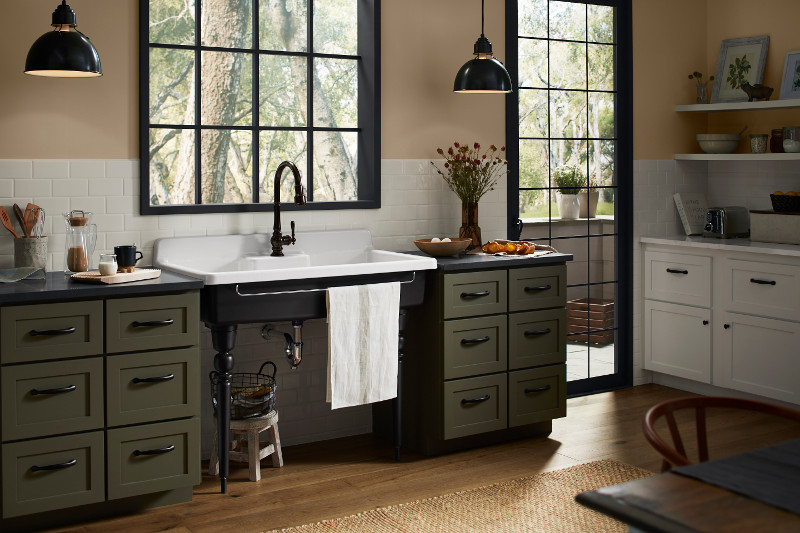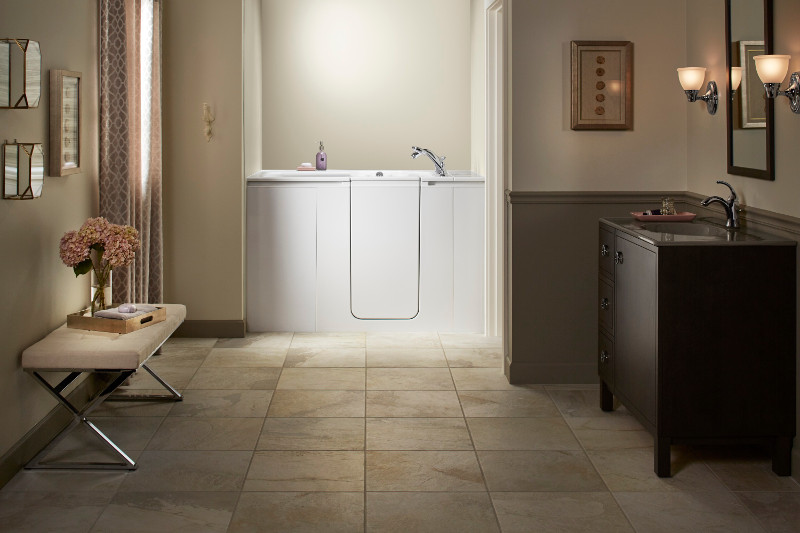How to Make Accessibility a Priority in Your Home
Consider Accessibility In Your Home
Homeowners’ needs are consistently changing; however, this is rarely something we bear in mind when looking for the ‘perfect’ home to buy. Access to good schools, family neighbourhoods, a renovated kitchen, and a yard, are often items that top the lists of home buyers. Environmentally safe homes that reduce the chance of injury, and that accommodate everyone in the family’s needs do not even make it to the list much of the time. Many people settle for homes that are “good enough” with little foresight around how their needs may change.
According to The Canadian Mortgage Housing Corporation, more than half of all Canadian households will be led by people 55 years or older by 2036, meaning there will be a need for homes that are more accessible and easier to maneuver. Safety and accessibility of a home are not regular considerations for first time home buyers, and generally, people do not consider these aspects until they have a need.
Perhaps it is an aging family member who requires a grab-bar installed in the shower, or maybe a child has lost the use of their legs and needs wider doors to maneuver around the home in a wheelchair. Whatever the reason, there may come a time when you are required to make affordable changes to your home that will assure that your family can live safely.
When it comes to accessibility in the home, modifications do not have to appear institutional or clinical. In other words, there are modern options that will fit the aesthetic of your space, creating a welcoming and safe home. Making a home accessible means creating a space that meets the needs of everyone in the family, and this includes the home’s appearance.
Universal and Adaptable Home Design
Of late, due to a recognition of disability rights and the aging population, there has been a movement toward building universal or adaptable home designs which recognize everyone’s accessibility needs. Universally designed homes include built-in modifications such as wider door frames, lower cabinets, zero-step entrances, and integrated shower supports; these are small changes to the home design which make it easier for individuals with accessibility needs and do not impact those who do not require accessibility adjustments. Adaptable home design, on the other hand, refers to homes which are built with flexibility in mind. In other words, if alterations are needed in a home, they are easily implemented in a flexible home design. While we are universal and adaptable home designs will soon be the norm, we are not there yet.
Make Your Kitchen and Bathroom More Accessible
In this case, if there is a need to make your home more accessible, there are some changes you may want to consider. In general, there are two critical areas to look at when you’re considering accessibility accommodations: the kitchen and the bathroom. Indeed, areas with stairs will involve some thought as well. You may need to add ramps, railings or other modifications.
The following are two lists of accessible design options for the kitchen and bathroom:
Kitchen:

- Kitchen countertops should be at a convenient height for people with mobility limitations. You may also want to add spill proof countertop lips and countertop material that is heat resistant.
- It is essential to keep functionality in mind when it comes to designing an accessible kitchen. Do not implement changes before considering the ‘flow’ of the kitchen. For example, a person with limited strength will need to be able to slide a pan from the stove surface to the worktop without having to lift the cookware.
- Lower cabinets should be installed to accommodate those who cannot reach shelving. Gliding cupboards or other functions that allow for ease of access are options.
- Lighting should also be given some attention in the kitchen. Make sure the lights are bright and long-lasting. LED lightbulbs are appropriate for those with low mobility, so they do not have to change them often.
- Flooring choices such as cork, vinyl, and rubber are good options for people with low mobility as they are non-slip and can also alleviate back pain or other posture issues.
Bathroom:

- When you’re thinking about accessibility in the bathroom make sure, to begin with an ample amount of space. People with mobility issues require lots of space to move around safely.
- Install an outward facing door to the bathroom to minimize the amount of space taken up by the door in the bathroom.
- Incorporate a hand-held nozzle in the shower.
- Grab bars should be installed on walls and in the shower or bath to maximize safety.
- Grab bars
- Non-slip flooring
- Wide swinging doors
- A shower chair with adjustable legs
- Quick draining tub
An accessible bathtub meets the following requirements:
To make effectively accessible modifications to your bathroom, make sure to consult a health care practitioner such as a doctor or occupational therapist for accurate recommendations. The next step is to work with a designer to implement these changes to your home. Visit us at the Better Baths Showroom for assistance designing a beautiful and accessible home that your family will love for years to come.
If you are looking for inspiration for your bathroom connect with us. Give us a call at (902) 494-5266 or visit our showroom at 75 Peakview Way, (off Larry Uteck) in Bedford.

